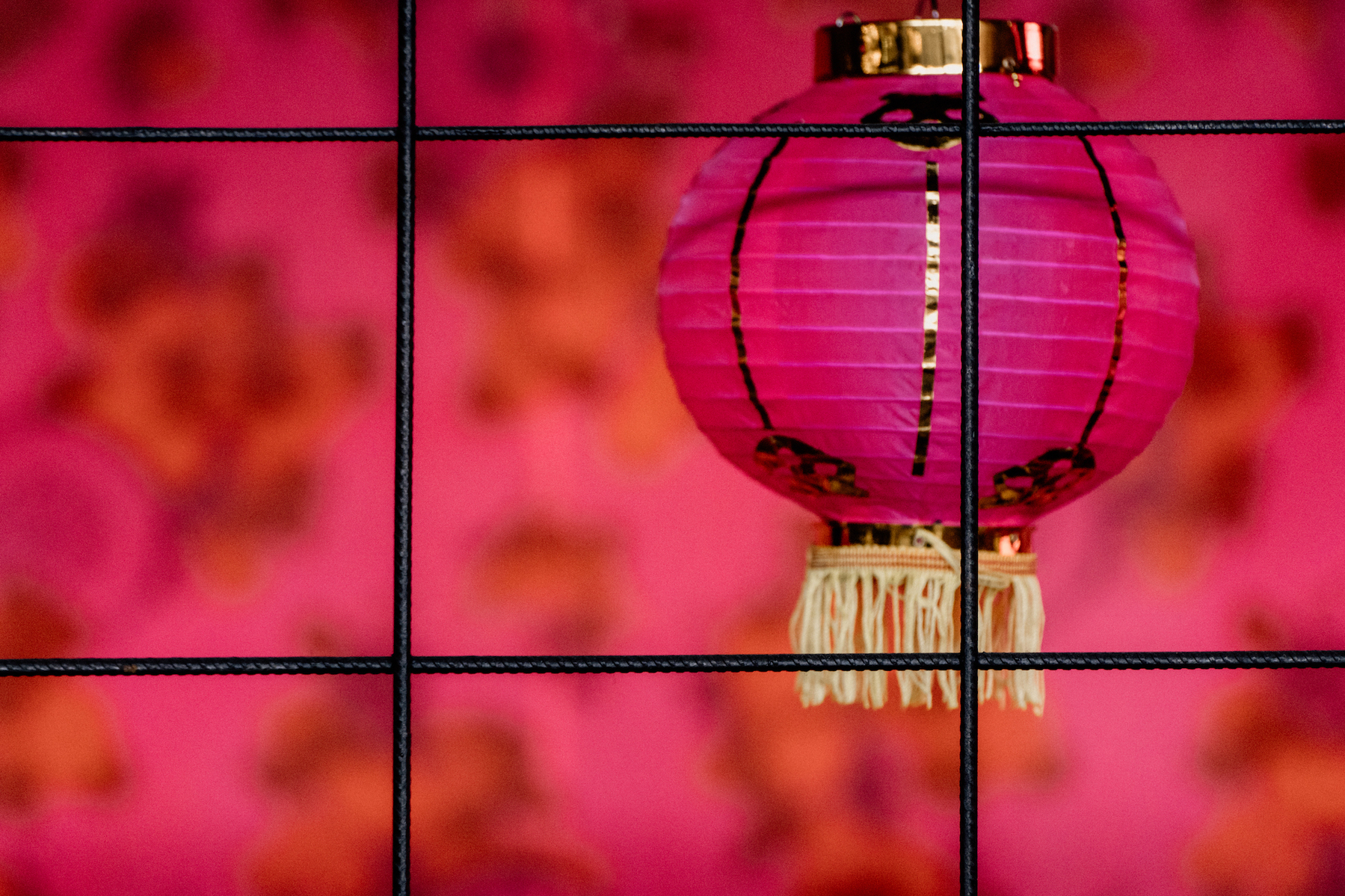The future of creating is damned
My greatest fear for my kids and for future generations is what it means to create within and around such specific analytics being available.
I (unfortunately) have precise readings of how many people read and view my work. Where they come from and where they don’t. How many followers, likes, and shares each social network allows me.
Honestly, it’s depressing and it is the biggest impediment to my creative work.
Efforts to remove the signals from my life have been mostly meaningless and sometimes even have adversely affected business, revenue, and our family’s supply.
I am most aware of this because my career as a creator started when its audience was measured by handwritten diaries, radio-listening diaries completed at the end of the day where the surveyed people would report on which radio stations they listened to - in quarter-hour blocks - throughout the day, usually reporting at the end of the day. Somehow entire industries and careers like mine were built on the back of less than 0.1% of the population writing in a book for a few weeks a year was representative of the entire local population, and we all took this as gospel.
Now I know exactly that one person watched one of my YouTube videos of me talking about a chapter of my book, and they didn’t even finish, and I also know that my silly Instagram Reel of my four-year-old daughter with a wavy video effect has been seen by over 100,000 people.
And even if we think that 100,000 people is a great reach, it’s only 0.00125% of the global population. Is 0.001% reach within our content goals this month?
With the slightest margin of error, we can tell you that somewhere between 25 to 35 visit our business website every day, but somehow we make enough bookings to provide for our family.
I think about the New York Times article recently published where I was quoted and our websites linked to, and it looks like pretty much zero of the article’s readers clicked those links. I wonder how many people actually read the article which had taken many hours of at least one journalist’s and one editor’s time to research, write, and publish. The most promotion I witnessed of the article itself was a small text link at the bottom of the NY Times front page. Do people read that far down? Do they click those links? Did anyone even read that article?
Things aren’t bad, but there was a mysterious time only recently when you could broadcast a radio program and have no idea how many people heard it. You could print a newspaper, and obviously, you would have some idea of how many papers were printed, but who read which articles? You never knew! It was beautiful. You could write an article you thought was worth writing, that the editor thought was worth publishing, and you would just send it off to the printer along with the headline news about that scandal and the other story about how politicians are terrible.
Do we still create beautiful things if we believe that no one will see them?
George Berkeley wrote in A Treatise Concerning the Principles of Human Knowledge,
The objects of sense exist only when they are perceived; the trees therefore are in the garden… no longer than while there is somebody by to perceive them.
If you suppose that no one might perceive your creation, do you even create it in the first place?
Are we ok with being unpopular? Are our kids ok with it?
If you asked me I’d say I am ok with it, if only because it’s my reality. But the truth is that this reality also affects my ability to create. I second-guess myself, wondering if it’s even worth clicking the shutter button or opening up the laptop to write a chapter of a book that will most likely be purchased by only my close friends and read by even fewer.
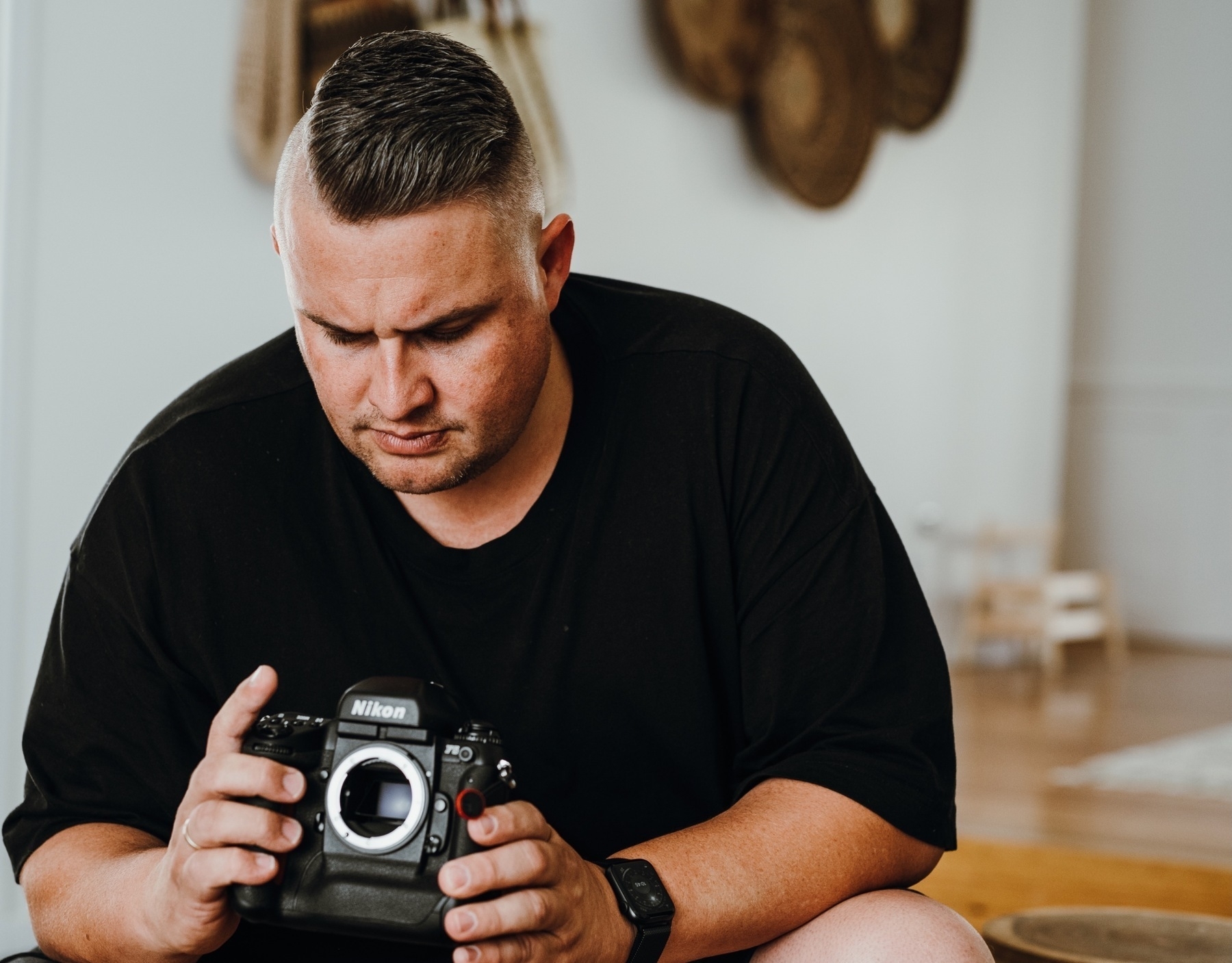
As I’ve published this piece, and added a featured image of me trying to figure out why Morgan’s Nikon camera wasn’t working (if you know, you know) I’ve realised that all of these thoughts of mine are before and almost exclusionary of artificial intelligence and large language models.
Creating really is doomed isn’t it …
📷 Engineering (#mbmar Micro Blog March photo challenge prompt suggested by @ridwan)
These are my DJI microphones, and as a travelling nerd I really appreciate how they’ve been engineered, all to stay within the little charging case.
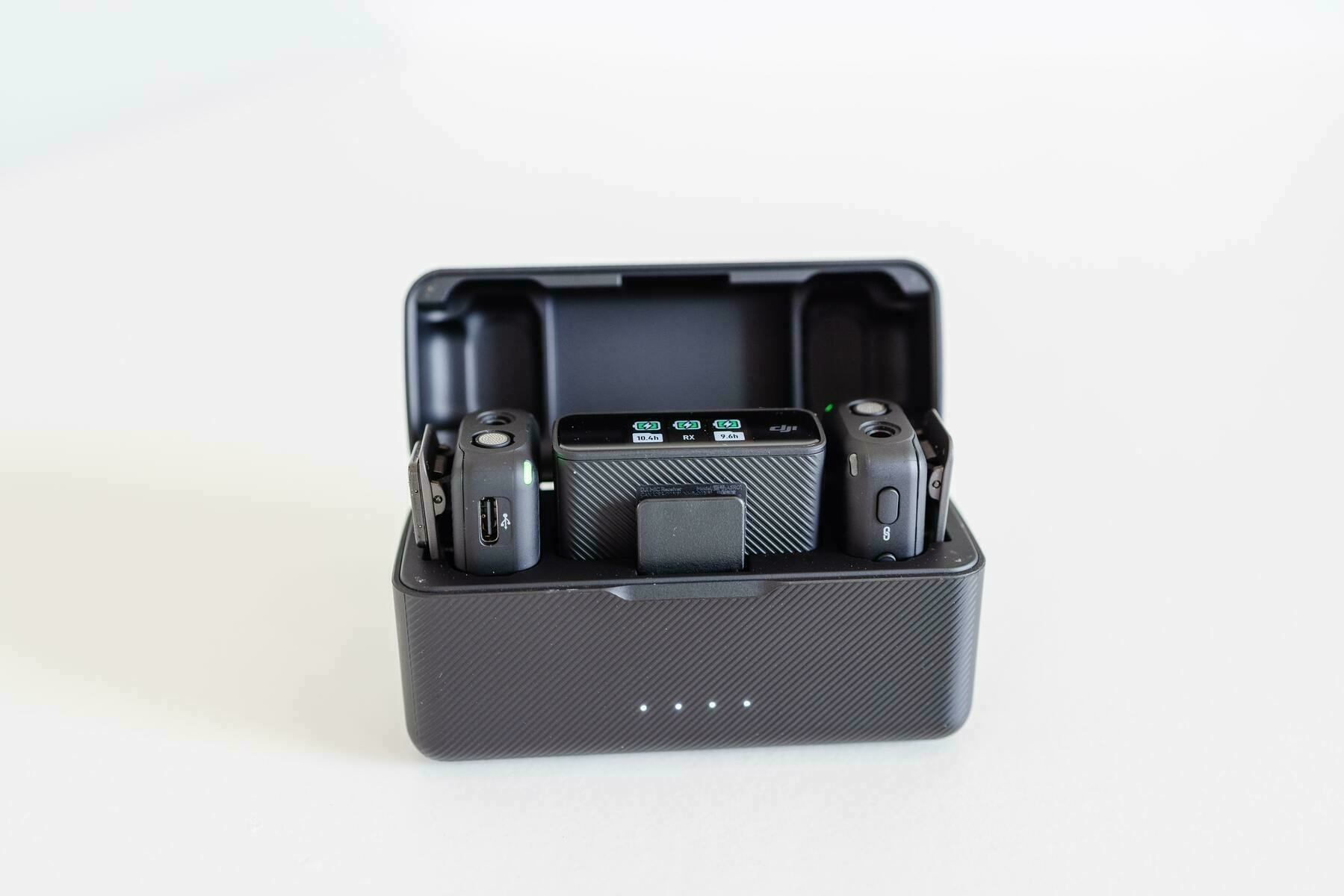
📷 Tile (#mbmar Micro Blog March photo challenge prompt suggested by @thedimpulse)
Luna, nine months old, taking a breather on the floor of a Tuscan church.
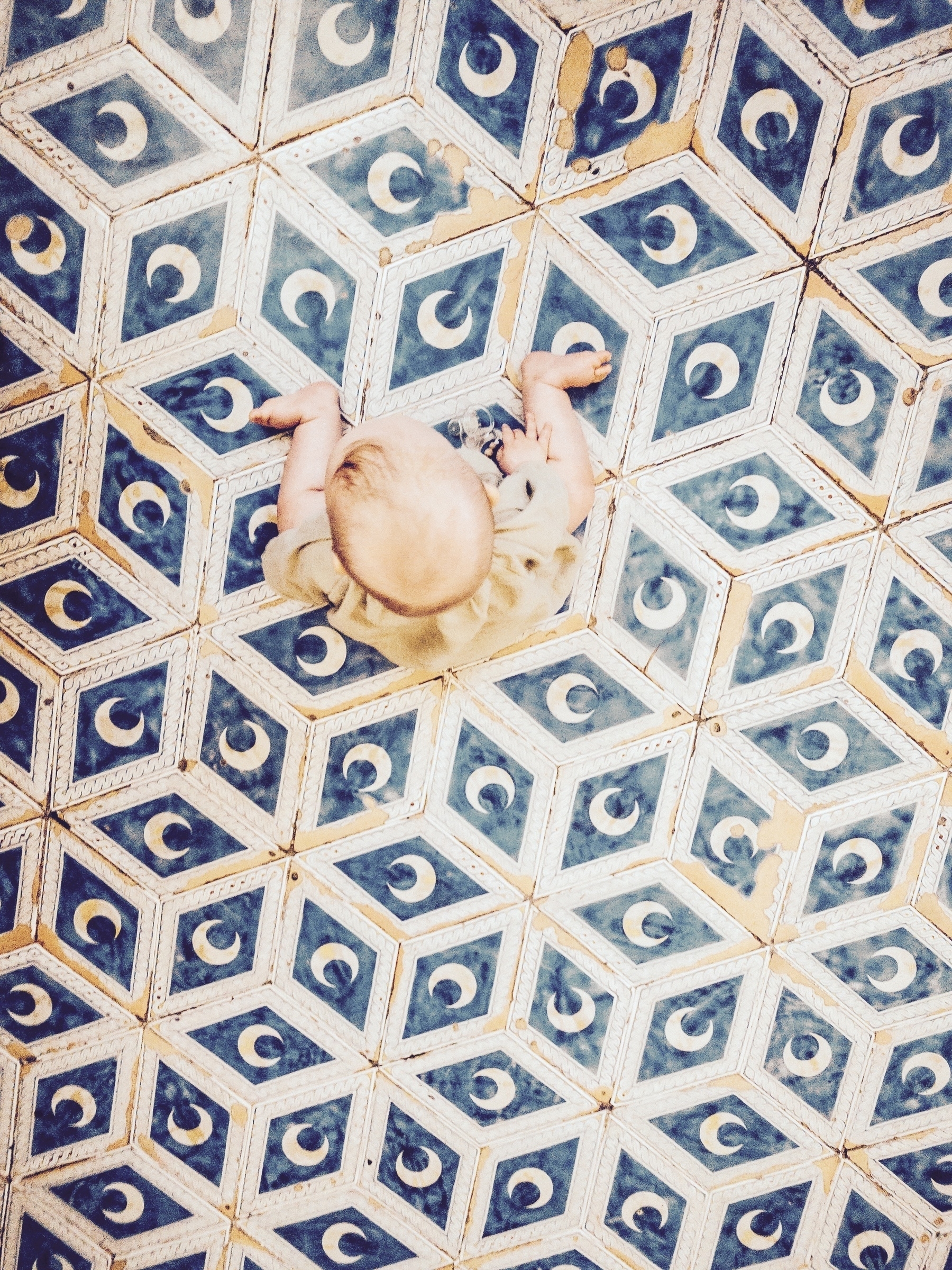
📷 Tile (#mbmar Micro Blog March photo challenge prompt suggested by @thedimpulse)
Photo made outside a small Italian restaurant in Brisbane.
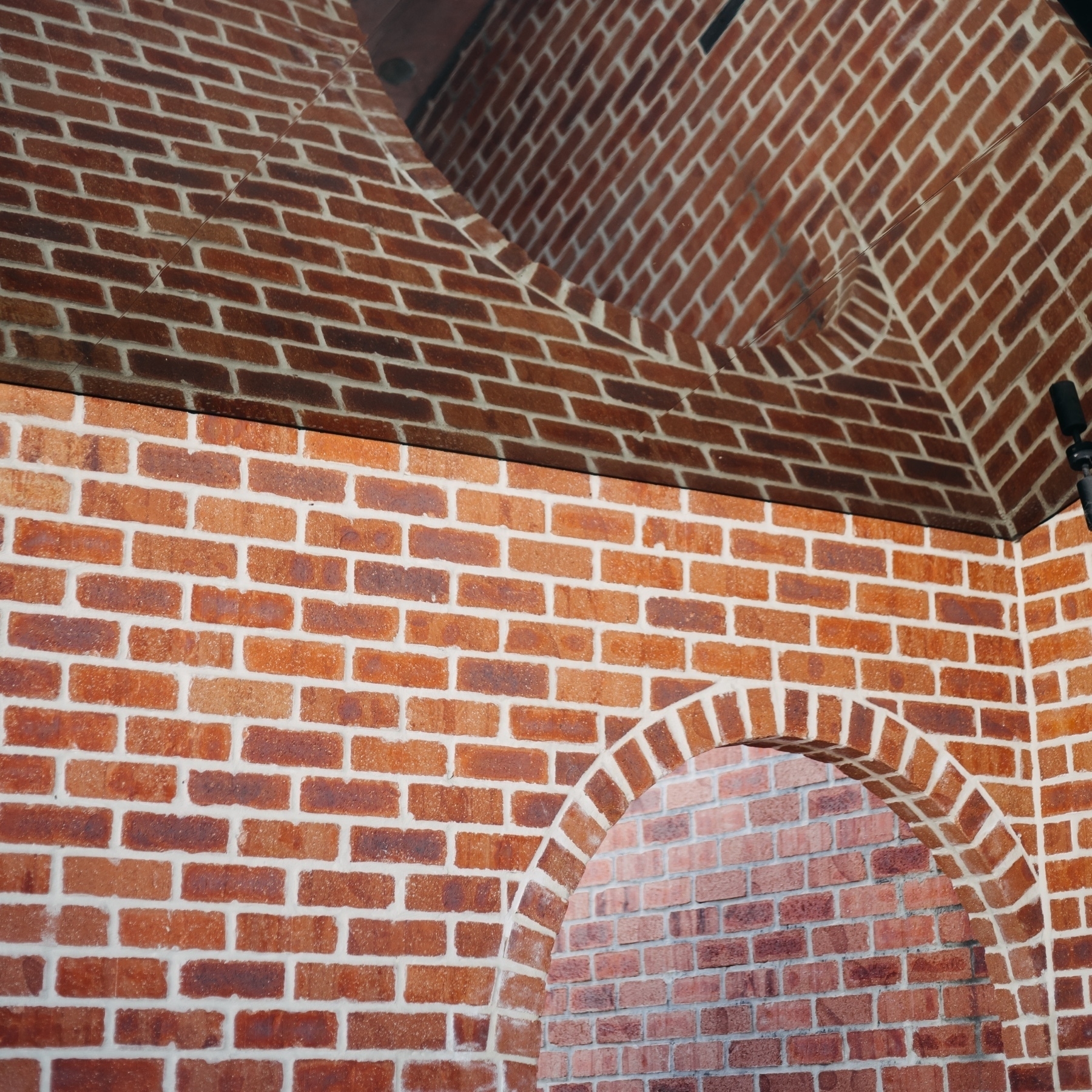
Talking to a lovely old Mexican bloke in Cabo San Lucas and he asks where we live, I say Pescadero.
He says, ‘I love Pescadero because it looks like a Mexican fishing village but it’s full of white people!’
So apparently my whiteness is like some kind of gravitational force.
📷 Zip (#mbmar Micro Blog March photo challenge prompt suggested by @miraz)
zip /zip/
verb
-
fasten with a zipper.
-
move at high speed.

Local Baja news includes the taco price index
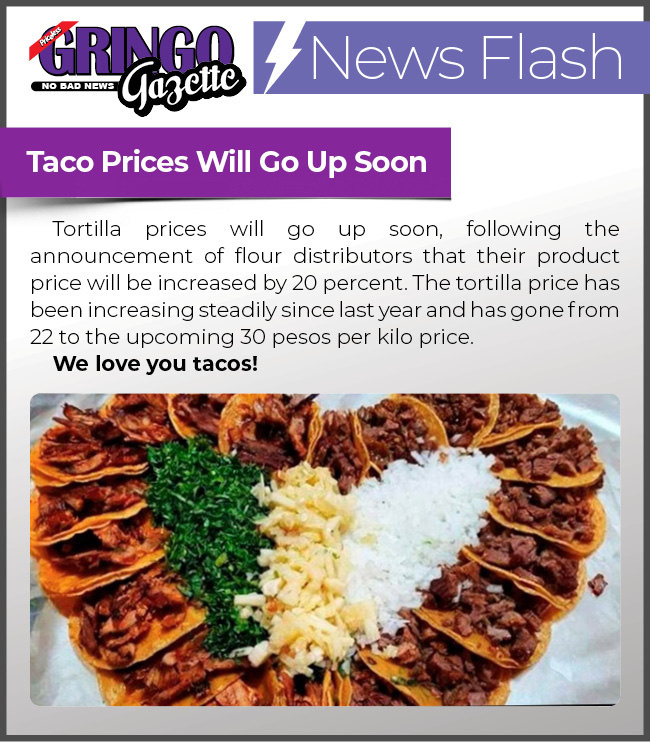
If you look closely you’ll find yours truly’s name mentioned in the New York daily rag today.
U.S. petrochemicals giant Dow Inc and the Singapore government said they were transforming old sneakers into playgrounds and running tracks. Reuters put that planted AirTags inside 11 pairs of donated shoes and found them at Indonesian flea markets instead.
📷 Solitude (#mbmar Micro Blog March photo challenge prompt suggested by @circustiger)
I made this photo in Yosemite National Park.
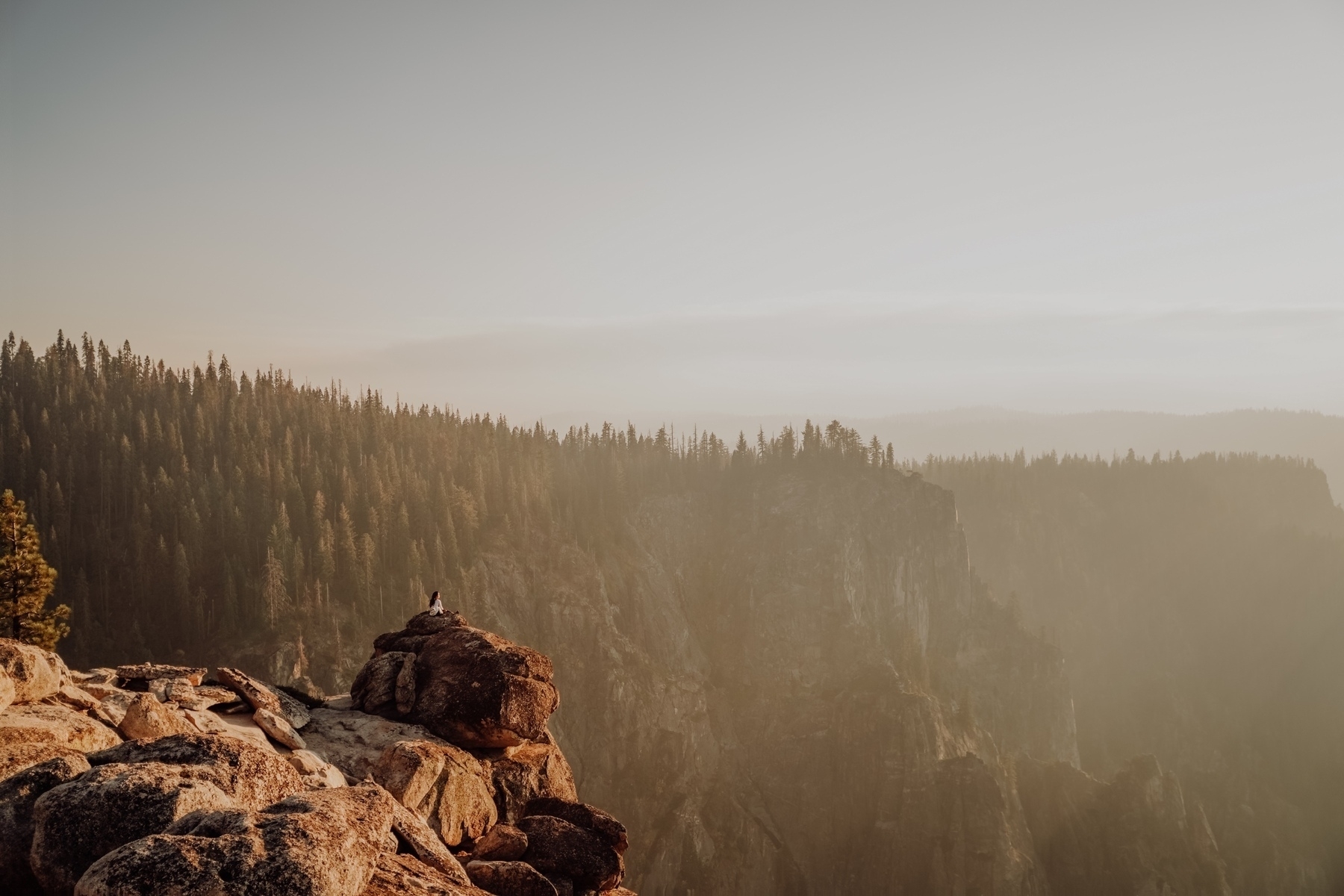
The most interesting (to me) new app/social net-ugh-something-work is Artifact. It’s from the guys who created Instagram but it’s like a ‘TikTok for articles/blog posts/news.
I personally would much prefer to read than watch a video, so this is my kind of network.
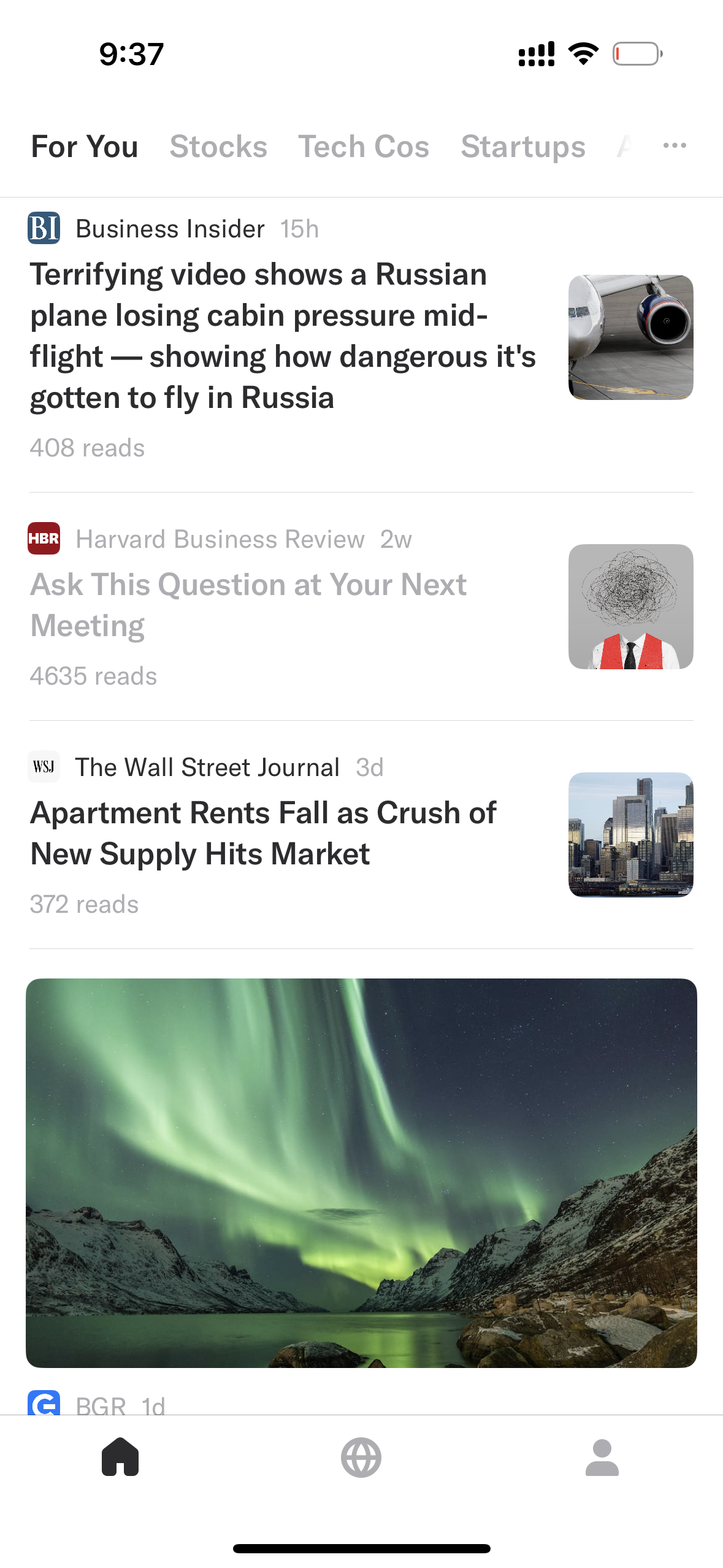
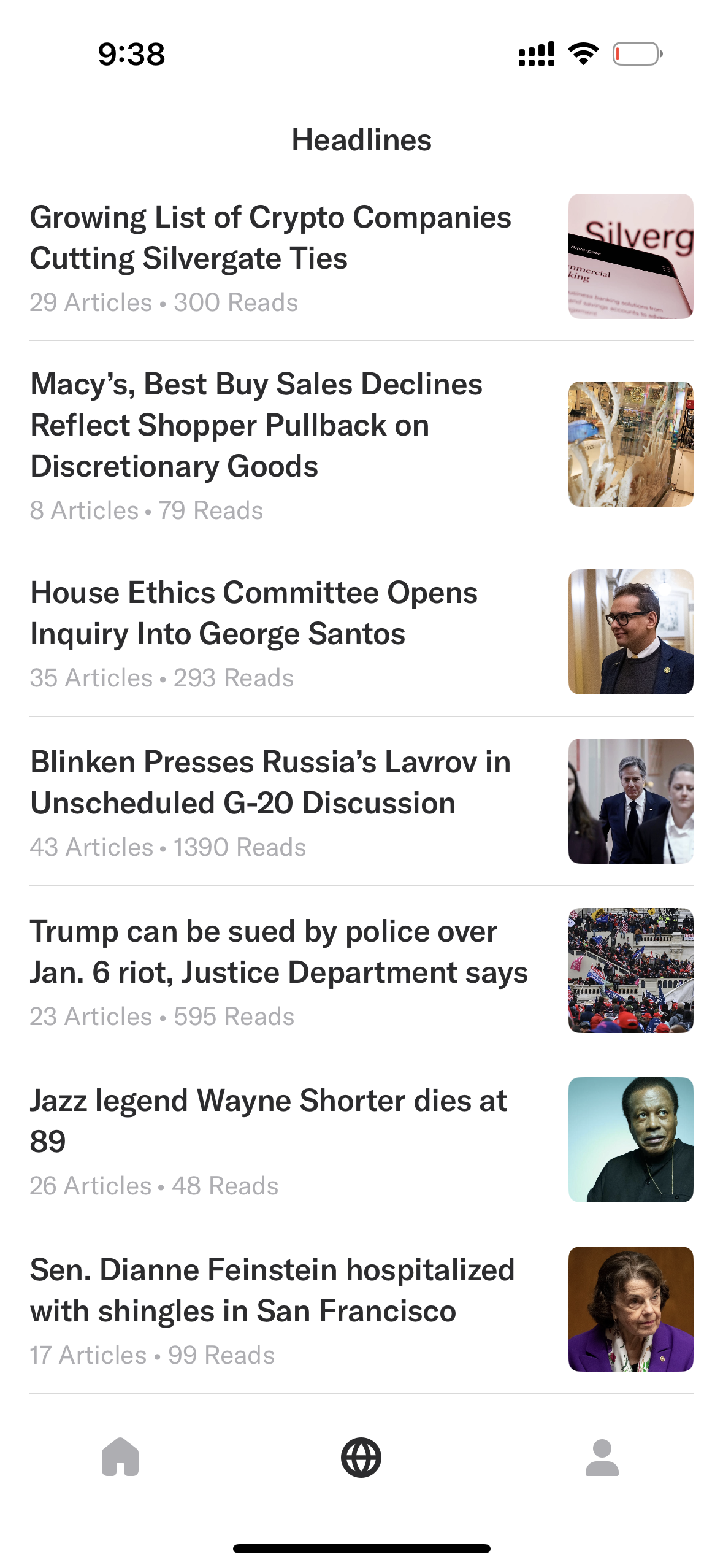
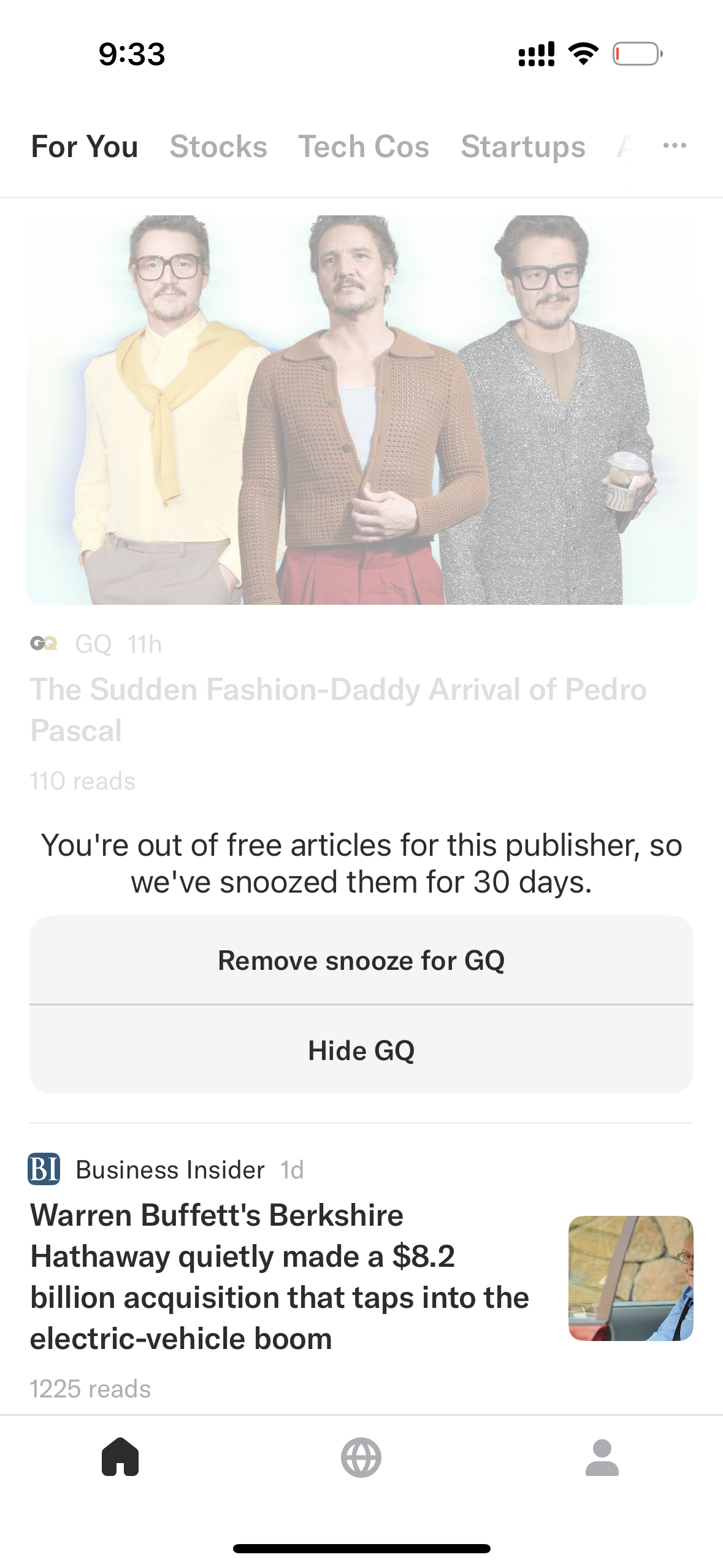
I fell victim to a phishing scam yesterday and man, I haven’t felt shame like that in a while. Here’s what happened, and how you could avoid it if you weren’t an idiot like me.
Anthony Bourdain in 1999 before he was that chef guy everyone knew, writing ‘Don’t Eat Before Reading This’ in the New Yorker:
“Good food, good eating, is all about blood and organs, cruelty and decay. It’s about sodium-loaded pork fat, stinky triple-cream cheeses, the tender thymus glands and distended livers of young animals.”
I don’t wish to cause the editors at Atlas Obscura any stress, but why is this not titled ‘The God’s Must Be Thirsty (for Red Fanta)’
Islands, they’re always in the last place you look.
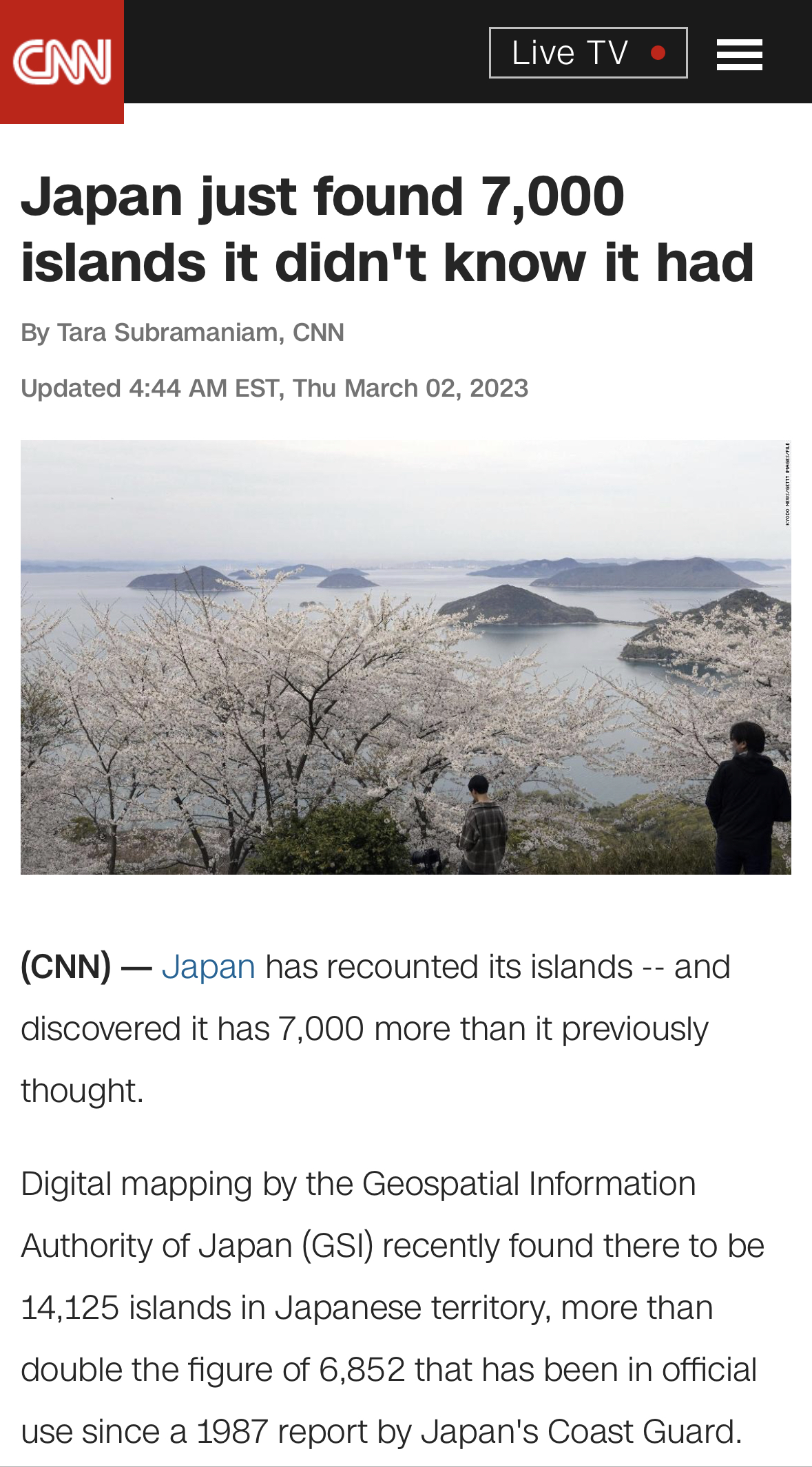
Celebrating Wayne Shorter (1933-2023) with his 2018 open letter co-authored with Herbie Hancock:
“We are all pieces in a giant, fluid puzzle, where the smallest of actions by one puzzle piece profoundly affects each of the others. You matter, your actions matter, your art matters.”
📷 Weather (#mbmar Micro Blog March photo challenge prompt suggested by @pcora)
Photo made in Newport Beach looking at Catalina on Saturday just passed.
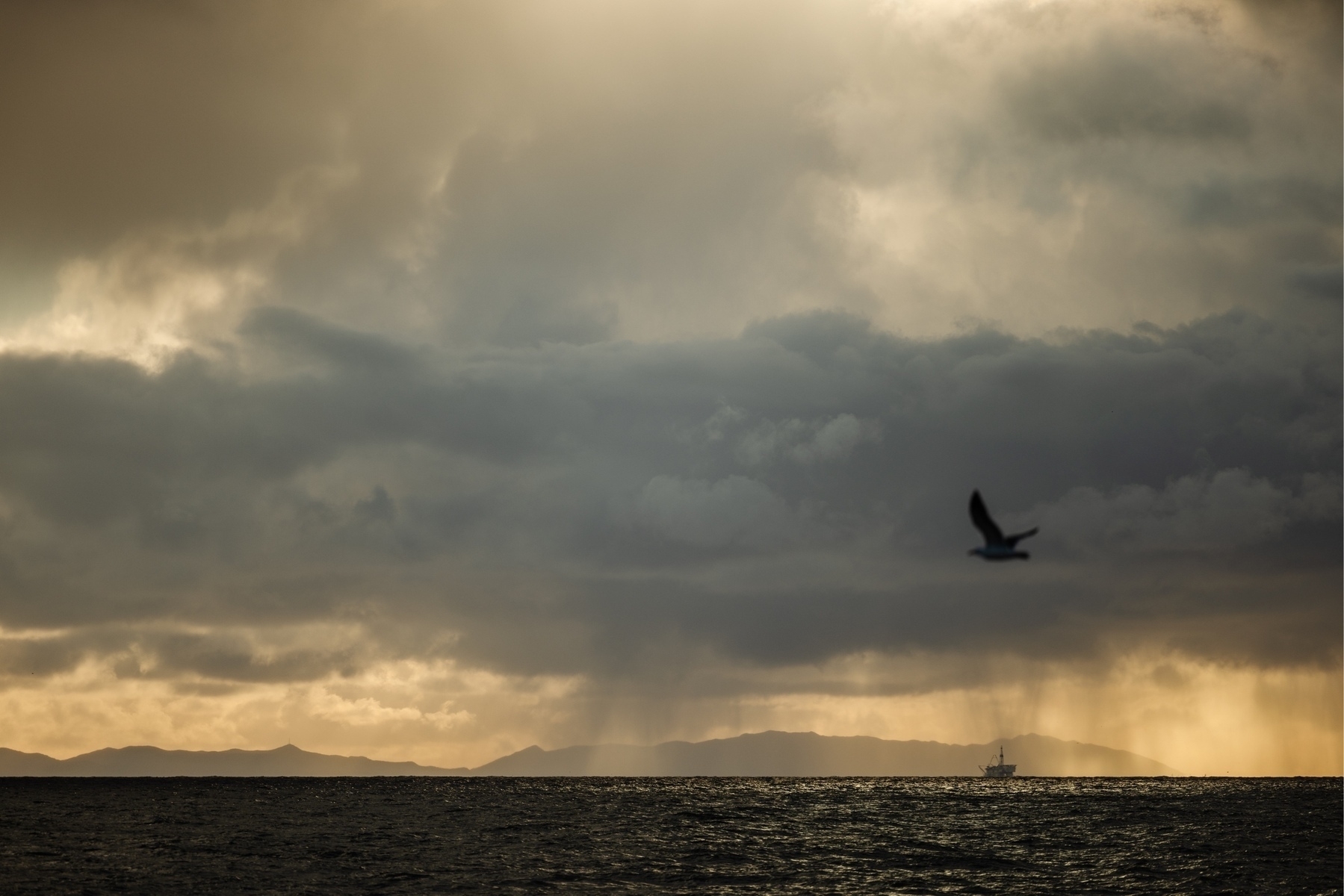
They got me by talking about my main domain name and my main domain host. Even though it’s not hosted at VentraIP. I’m just so used to having to correct payments there.
I didn’t even notice the bung I in VentraIP, the bad email address, the bad domain.
I’ve locked the two credit cards I fed them. Feel like an idiot.
As Abe Simpson said, and it will happen to yoouuuuu.
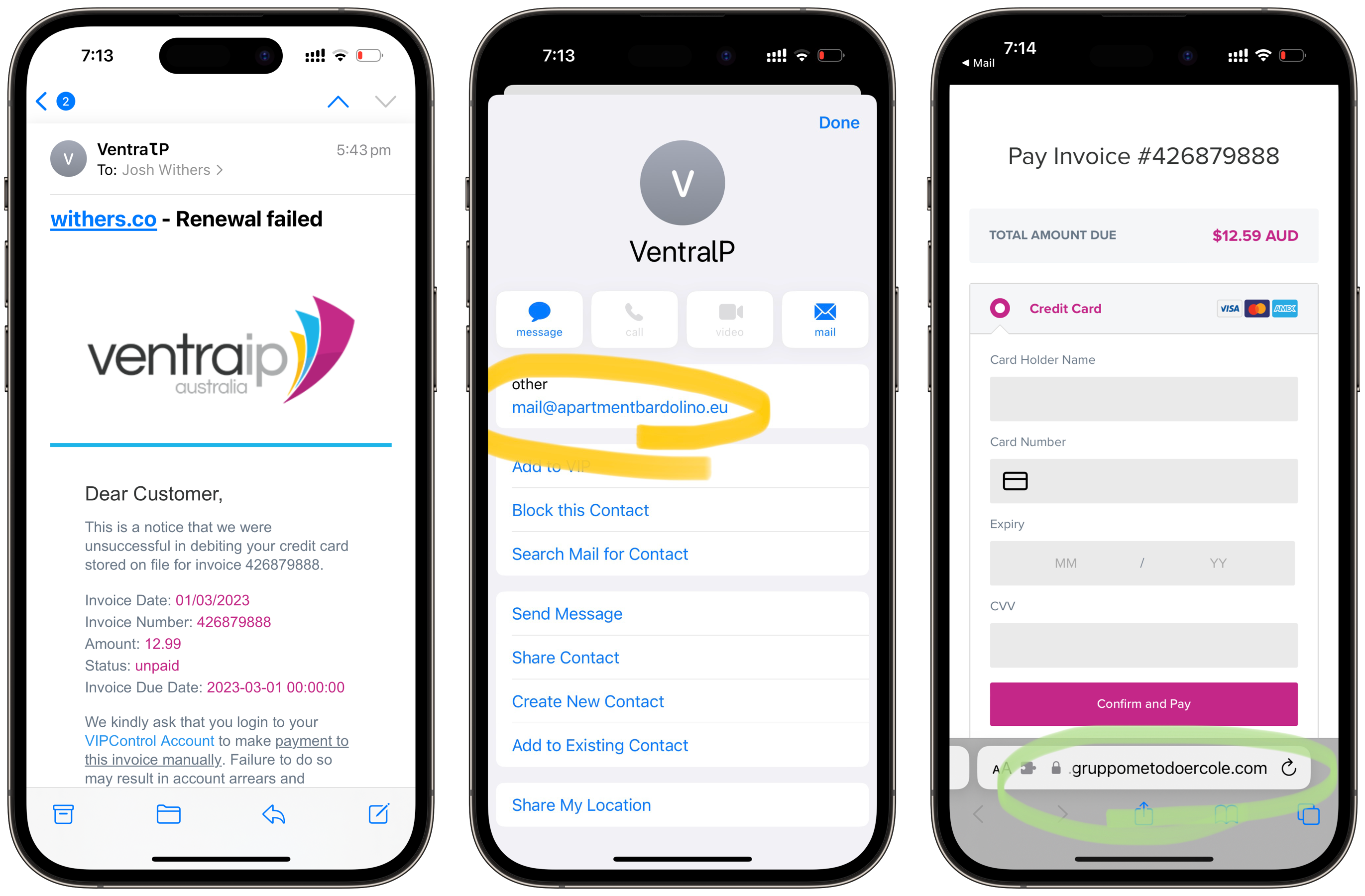
One of the little joys of being great at your art is inspiring others to take part in it. So often I am asked how to become a celebrant, that I have finally published my little eight-part guide on how to become a celebrant at the ever-so-smart domain name, becomeacelebrant.au
